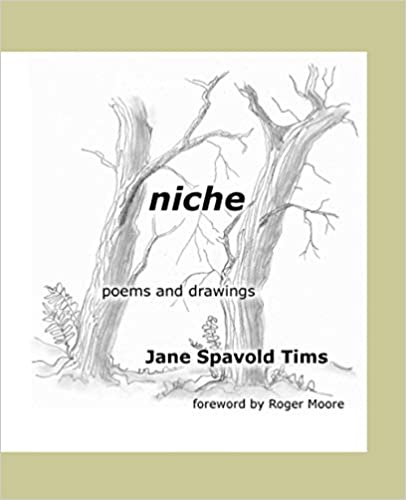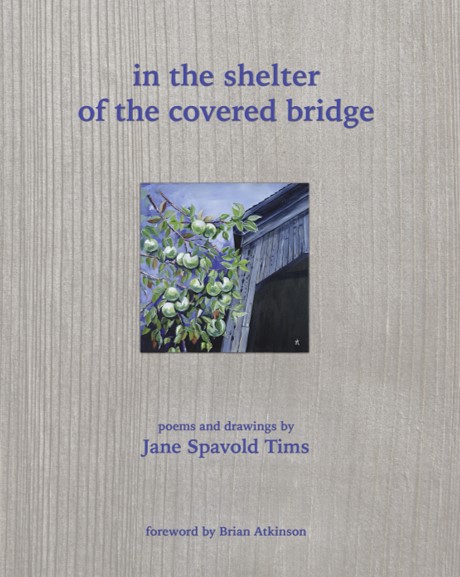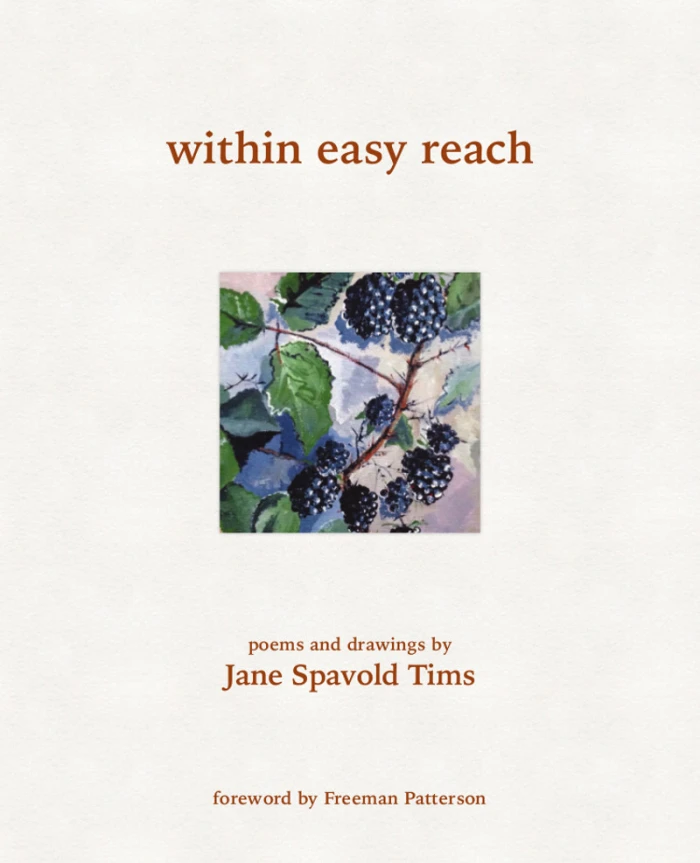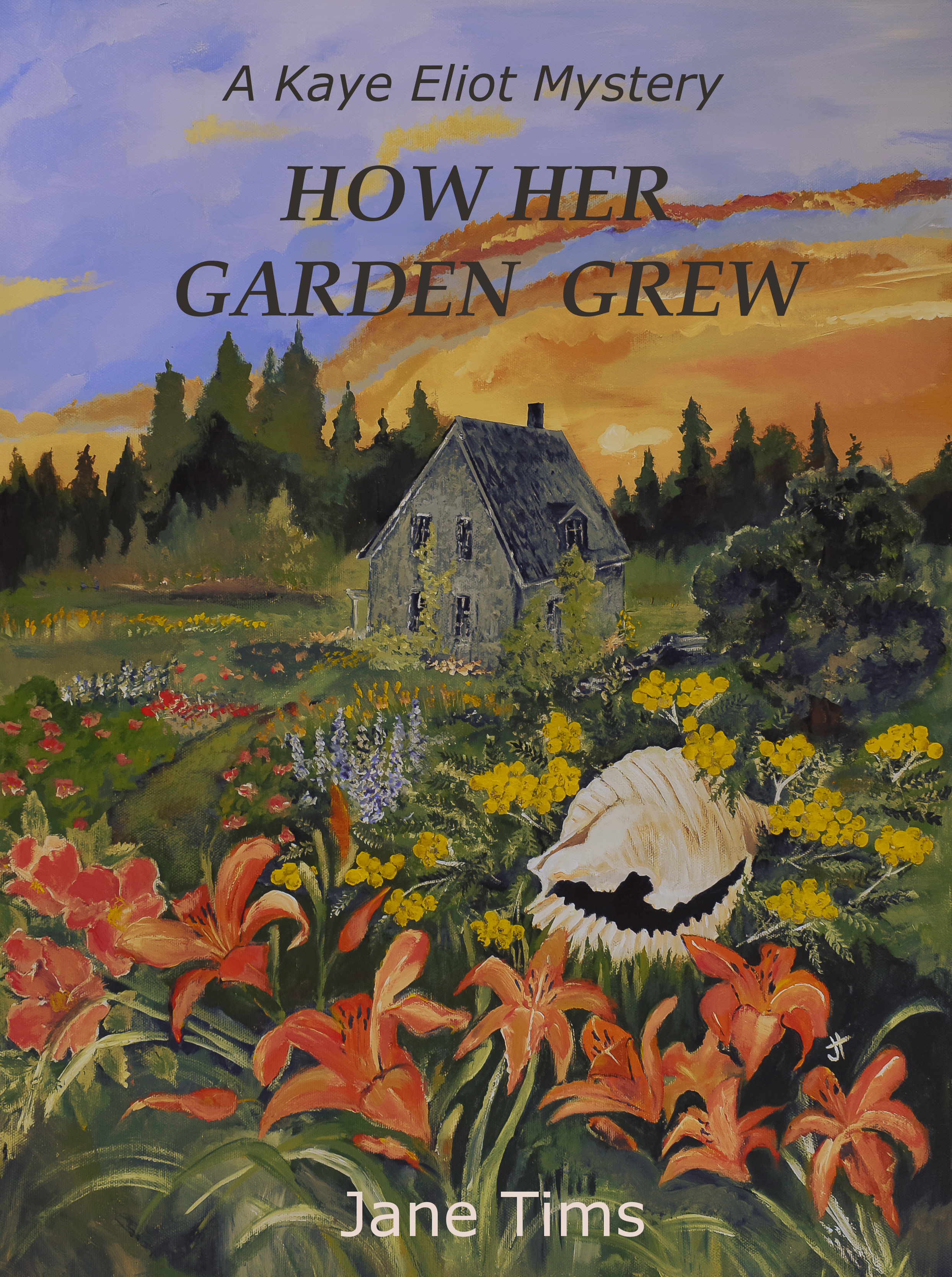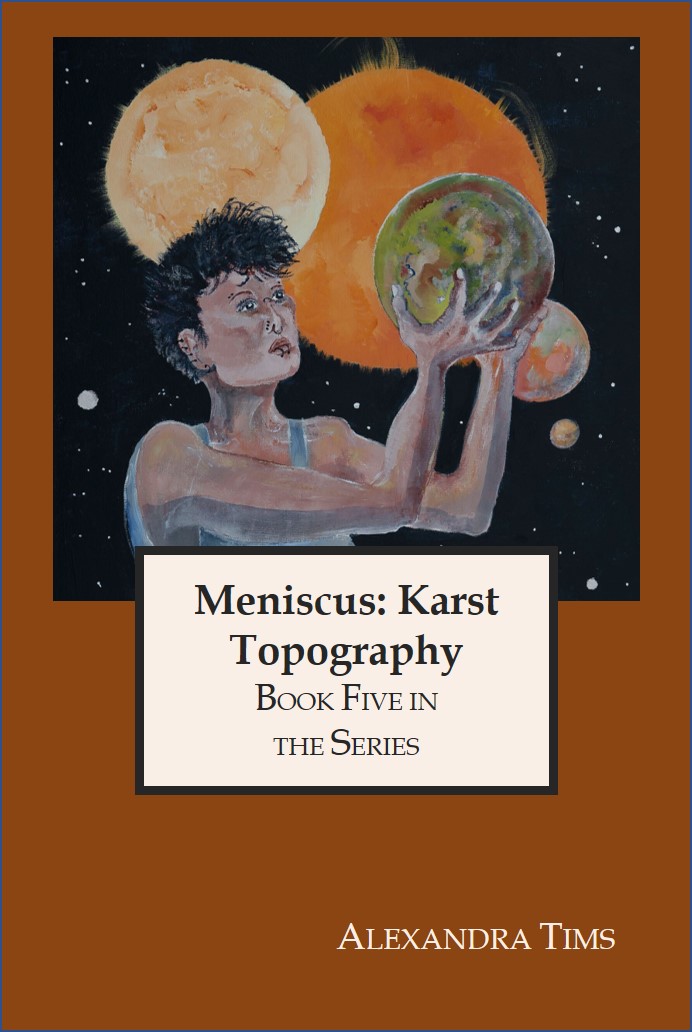Archive for October 2012
eerie evening
~
~
Fears
~
I saw a light in the woods tonight
low, through the tangled branches of spruce
and the crowded stems of fir
~
white in the dark –
a gleam where only night should stir
like the lamp of a stranger, lost
~
but the glow was steady and still
and in less than the catch of a breath I knew
all I saw was the rising moon
beyond the hill
~
I heard a cry in the woods tonight
soft and low through the tangle of spruce
and the thicket of fir
~
a moan in the dark
a sob where only the wind should stir
like the frightened tears of a child
alone
~
but the cries held no human word
and in less than the catch of a breath I knew
the wail of a wildcat on the prowl
was all I heard
~
~
Copyright Jane Tims 1990
log cabins and humble beginnings
In a recent post (October 17, 2012), I wrote about my shoemaker great-great-grandfather, Josiah Hawk, and his daughter, my great-grandmother, Ella Hawk.
When I was in Upper Canada Village in Ontario in September, I saw many houses and a way of life that reminded me of Ella’s family history.
Ella’s story begins before she was born, with the Hawk and Kresge families of Monroe County, Pennsylvania. I know a lot about these families, since both families have relatively complete genealogies.
Both the Kresges and Hawks were part of a large community of German immigrants who lived in the vicinity of Gilbert, Monroe County, from the late 1700s onward. In 2004, my husband, son and I visited the area and I went to church in the community. The congregation welcomed me warmly and I was told many of the people in the church shared my ancestry!
The Census of 1790 lists both of Ella’s great-grandfathers, Coonrod Crase (Conrad Kresge) and Conrad Hawke. Conrad Kresge had a son Johannes whose daughter Sarah Ann, was Ella’s mother. Conrad Hawke had a son Michael Hawk, whose son Josiah (the shoemaker) was Ella’s father.
The Kresges and Hawks were true pioneers and life for them was difficult. In about 1777, while clearing land, Conrad Kresge lost one of his sons at the hands of a band of Native Americans, who carried out raids on the community. This story is depicted in a memorial to Conrad Kresge in the Gilbert cemetary.

Memorial in Gilbert cemetary, depicting story of Conrad Kresge clearing land, and his son who was killed by an arrow
Although no other stories have survived the years, I have been able to learn quite a bit about these people from the genealogies. For example, I can piece together something of my great-great-great grandfather Michael Hawk’s life in Middle Creek, Pennsylvania. For example, for the year 1807, when he was 13 years old, he was the youngest of nine children. Of his five brothers and three sisters, only his older brothers John (19 years old) and Peter (16) remained at home. Siblings Nicholas (25) and Suzanna (23) had been married the year before, and on October 29, 1807, Suzanna gave birth to a set of twins, no doubt an exciting family event. His much older brother John George (37), living in the community of Effort, and his sister Anne Margaret (33), in Chestnut Hill, must have seemed a generation away, since John George’s daughter Elizabeth, Michael’s niece, was only four years his junior.
~
~
Michael, alone
(Middle Creek, 1807)
~
November has worked its way
into the wood pile, I use Papa’s axe
to split kindling, I blow rings into
the cold air, everyone is away, gone to
Chestnut Hill to see
Suzanna’s twins
~
everyone leaves –
they become like strangers
Catherine, run off to Seneca Lakes,
Nicholas married last year,
John and Peter, itching to go
~
Mama calls me her baby
well, I’m the same age as the Kresge boy,
killed by an arrow thirty years ago –
but that’s an old story
~
I look across the cornfield
to the oak woods where leaves still cling,
they glow like copper
noone lurks there now
~
Copyright Jane Tims 2012
windy October drive
On Monday, I went on a drive to Cambridge Narrows, to visit an antique store and a roadside market. My goal: to buy some Nancy Drew mystery books for my collection and some pumpkins for Halloween.
It was a blustery day, windy enough to put some whitecaps on the St. John River…
The wind was especially evident along the former Trans-Canada Highway, where dry leaves have gathered in all the ditches. Since only a few vehicles use this older highway, the leaves blow into the roadway…
The day had a luminous quality, in spite of the wind. Most of the reds are gone from the trees, leaving the yellows of the poplars, the rusty-orange of the oaks and the gold of the tamaracks…
I had a successful day. I bought some small pumpkins at a roadside stand…

three little pumpkins from the roadside vegetable stand (the faint eyes in the background are the amber eyes of our owl-andirons)
I also added five books to my collection of Nancy Drew mysteries…
~
~
andiron
~
wrought owl with amber eyes
perches on the hearth
hears a call in the forest
six syllables and silence
~
Great-horned Owl, light gathered
at the back of his eyes,
and the oscillating branch
after wings expand and beat
~
iron owl longs for a glimpse
of the sickle moon
the shadow of a mouse
sorting through dry leaves
~
in this cramped space
night woods are brought to their essence
fibre and bark, sparks and fire
luminous eyes
~
~
Copyright Jane Tims 2012
covering the pumpkins
This year our garden was an unqualified failure. Between the slugs and the shade, none of my poor pumpkin vines made it to the orange pumpkin stage. But in the past, we have had worthy pumpkin patches. One year our pumpkins were so prolific, one of the vines even strayed upward, into a maple tree. In October, we had an orange pumpkin in the tree, about four feet above the ground.
This year, my pumpkin sightings have been in other people’s gardens and in the bins at the grocery store. At least I am spared the desperate efforts of the past, to squeeze one more day of growing from the season, by covering the pumpkins before the frost.
~
covering the pumpkins
~
on the mattress, these sheets
are ample, enough for warmth
and twist and tumble
~
spread here, on low-lying ground
they barely cover one of twenty
pumpkins, one loop of vine
~
weather channel warns of frost
will wilt these leaves, cold-kiss
this perfect orange with brown
~
vines stretch, toes creep
from under, beg more time
~
~
Copyright Jane Tims 2012
making a quilt
One of the things I love to do as winter approaches is to make a quilt. My quilts are not the beautiful, hand-stitched, carefully patterned quilts I admire. My quilts are usually patchwork and often machine sewed, although some I quilt by hand, with long, uneven stitches.
This fall, I am working on a quilt for our bed, in the theme of ferns and poppies. I have used an old blanket covered in blue roses as the batting, given to me years ago by my uncle. It has a large tea stain in one corner and is not as warm as our modern bedding, but I would like to keep it for sentimental reasons, so I am using it as the base for my new quilt.
For the fabric, I am using various bits and pieces I have collected over the years. I can’t resist fabrics and when I visit the store, I often leave with a half meter of a fabric I love, even if I have no planned project.
I am planning to make the quilt entirely by machine, following a method my Dad told me his mother used. She would take an old blanket and sew the patches on by hand, one at a time, covering the adjacent seams as she went.
First, I chose a width for the patches and cut a piece of sturdy cardboard for the template. I marked the fabric with bands in the width of the template, to use as an inked guideline to keep my fabrics straight…
Then I cut my fabrics the width of the template and arrange them, right sides together and pin them to the blanket, making sure the edges of my fabric follow the inked guidelines…
Then I sew a seam…
When each piece is sewn, I open it to the right side to reveal a neatly attached patch…
Once I have worked my way around the blanket, attaching one row of patches, I will add another row, leaving one inked guideline row empty.
After I have finished the rows of patches, I will add long strips of fabric to fill in the empty rows and to cover the rough edges left by the first rows of patches.
I will have to pin and top-sew the other edge of this strip of fabric, to cover all the raw edges.
Then, when all the edges are hidden or turned in, I will top-quilt all of the patches with the machine.
The last step will be to select a fabric to cover the other side of the blanket. I think I will attach this layer with ties, another old-fashioned method of making a quilt.
I’ll show you the quilt when it is completed, probably next year!!!
Do you make quilts and what is your method???
~
~
Copyright Jane Tims 2012
occupation: shoemaker
On a short vacation to eastern Ontario last month to visit my niece, we visited Upper Canada Village. It was a memorable day. My favorite of the many buildings on site was the shoemaker’s workshop. I was particularly interested because my great, great-grandfather, Josiah Hawk, was a shoemaker. I know this from two sources, an entry in the Pennsylvania Census for 1860, and a list of the items in an Inventory and Appraisement at his death in 1865 at 33 years of age.
In 2001, I became interested in studying my maternal great-grandmother Ellen’s history. Ellen (Ella) was Josiah’s daughter. One evening, I was puzzling over a poorly copied entry in the 1860 Census, trying to figure out his occupation. I was tired and my eyes went a bit blurry … by bending the paper a little, I suddenly saw what it said… ‘Master Shoemaker’. My delight at this discovery was immense.
Later, when I read a list of Josiah’s property at the time of his death, his occupation was confirmed. His belongings included: ‘…1 shoe bench, 1 lot of shoe mackers [makers] tools, one cramping [crimping] machine, [and] 1 lot of leather …’, among other worker’s tools.
I have relatively little information about my great-grandmother’s life, but I can imagine that she knew her father’s profession and his workshop. Perhaps, as a little girl, Ella played in the workshop and knew the smells of the leather and the sounds of the shoemaker at his work.
~
~
leather and boot polish
~
the leather in my Papa’s shop
makes a kind of tent
where I can play
~
Papa pays me no attention
sews seams in Mr. Gruber’s boots
heels a pair of Sunday shoes
~
at church, I bend to see
beneath the benches
all those solemn feet
wearing Papa’s leather
boots and shoes
~
~
Copyright Jane Tims 2012
Mountain Road adventure
Last week, we decided to take a drive along Mountain Road. This is a trail extending from Mazerolle Settlement outside Fredericton, New Brunswick to Newmarket, near Harvey Station. We used to take it regularly when my husband and I first knew one another, over 30 years ago. In those days, it was a narrow road built along the side of Porcupine Mountain. It was overhung with hardwoods and crossed the upper part of the Woolastook Game Refuge. We decided it would make a good drive on an October afternoon.
The drive started with a sighting of White-tailed Deer near the road entrance.
Then we stopped briefly at an inlet of the St. John River, to watch a Blue Heron take off and circle the cove.
Although there are a few houses along the first part of the road, the area is generally uninhabited and the woods on either side of the road were still natural. The trees were beautiful – oak, maple and beech were all in various autumn hues.
It has rained recently, and as we went further along the road, its deteriorated condition became evident. Culverts were heaved at several points and we had to take our time as the waterholes in the road became deeper and deeper.
Although the road bed was generally solid, we could feel the tires slipping sideways in a couple of the puddles.
At last, unable to see through the muddy water, and wondering if there were any big rocks lurking there, ready to hang us up, my husband decided to turn back. It was foolish to proceed with summer tires and no winch to help us if we did get stuck. In the old days, we would have pressed on, willing to walk to the nearest main road, but arthritis interferes with foolish bravado!
Later, we’ll try the road from the other end. Perhaps we were through the worst, and pavement was just beyond the next big puddle.
Copyright Jane Tims 2012
revisions
Yesterday was a very windy day. Some leaves have survived the gusts of wind, but not many. It has been a short drama of color this year, with only a few acts remaining. The maples still have some leaves, the poplars are just turning yellow, and the oak is only now losing its green.
While the wind was blowing, I was at my desk, revising some of my poems. It is my least favorite phase of writing poetry. I love the beginning, the first ideas fluttering around in my head, and put to paper. The page at this point is a confused mass of words and phrases, squiggles and arrows. I like these ‘pen and paper’ revisions. There is something about the hand-brain connection, so I write and rewrite quite liberally. By the time I commit the poem to the computer screen, it has already had five or six revisions. Once on the screen, I move things around a bit, but I print the page to do the finishing touches.
I am quite orderly about final revisions.
First, I work on what the poem is saying. This is so difficult for me, because I tend to write descriptive poetry. I have to challenge myself to add narrative, or clarify deeper meaning. Sometimes the poem gets a new title at this stage. Unfortunately, I am rarely happy with the results of this step in the revision process.
Next, I do the detailed revisions and for this, I have a checklist to follow (see ‘revision checklist for poetry’ under about)… I know my own work very well and I am prone to repeating words, using passive rather than active verbs, and using the singular when I should use the plural. I ‘press’ on each word in the poem, to see if another word will add additional meaning, improve internal rhyme, or covey a more accurate image. I count syllables … sometimes small changes will accentuate or create structure … sometimes there is little if any pattern to the poem. Lately, I am paying a lot of attention to the ends of the lines, trying to decide why I end each line where I do.
Finally, I read the poem aloud. This helps me to hear the words, and discover where the rhythm is off, and to know when to include smaller words like articles and when to let them go. Reading aloud also helps me with ‘voice’. I often shift from a child’s point of view to the technical and I have to be wary of leaving my audience in a state of confusion.
The next step in the revision process is more enjoyable. To do some final polishing, I read my poems to an audience. Sometimes this audience is a member of my family and I listen carefully to their suggestions. I especially think about bits they may not like. I also read my poems to the members of my two writing groups. They offer excellent critique and usually I make some revisions afterward.
When is a poem complete? Perhaps never. I still work on poems published years ago. I guess I agree with Oscar Wilde who said, “This morning I took out a comma and this afternoon I put it back in again.”
If you write poetry, how much time do you spend on revision? What process do you follow?
~
~
revisions
~
a violent October wind –
every tree bleeds red,
bends northward
~
my books also lean
and the pencils in their holder
the colors in the hand-blown drinking glass
~
purple lavender, scent of summer
the flowers now dry
braided with ribbon
~
~
Copyright Jane Tims 2012
apple picking time
October has taken hold and now signs of autumn are everywhere. Color seems to be the theme… the orange of pumpkins and gourds, the yellows and reds of the maple leaves, and the red of ripe apples.
On our way to the lake, we drive past orchards of apples. Most of the apples have been picked, but some trees are still laden with fruit. For me, the orchards are full of memories, of picking apples with my family when we were younger. I remember how much fun we had, my son and niece and nephew excited to be able to run free and pick the apples, and the adults thinking about the apple pie possibilities from those loaded trees.
~
~
orchard outing
~
wooden bushel baskets
of laughter, the delirious tumble
down the avenue of trees, shadows ripple
among the dapples, Cortlands tied
with scarlet ribbons and boughs burdened
to reach for us, my son grown tall
on his father’s shoulders,
stretches to pick the McIntosh
with the reddest shine,
small hand barely able
to grip the apple
~
~
Copyright Jane Tims 2012













































